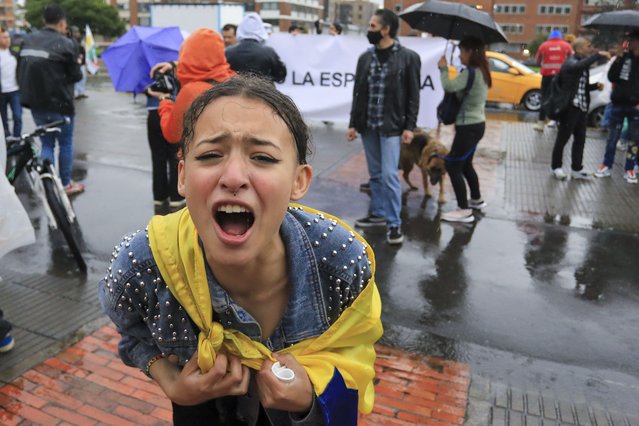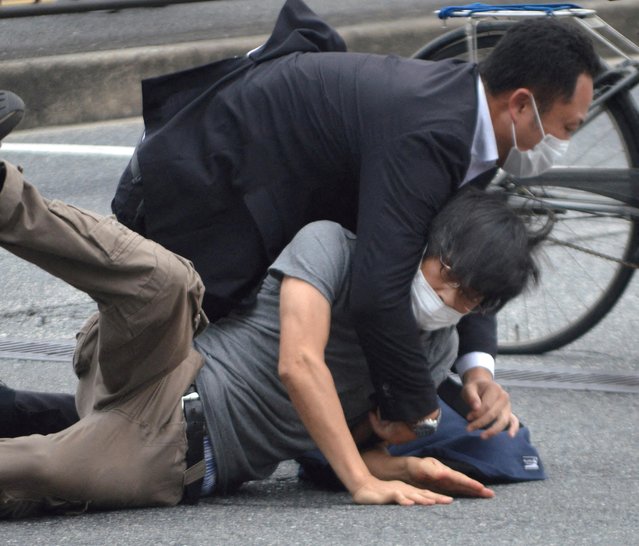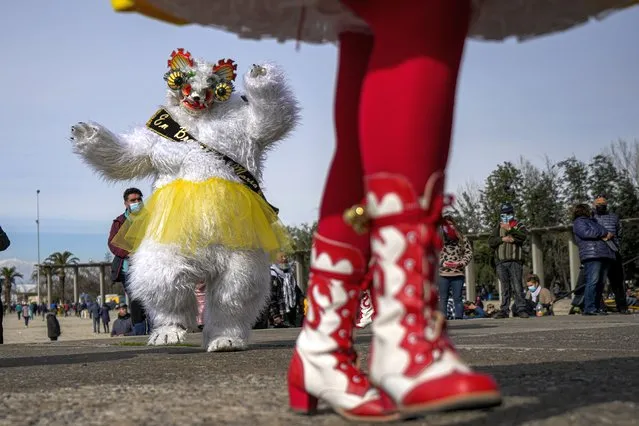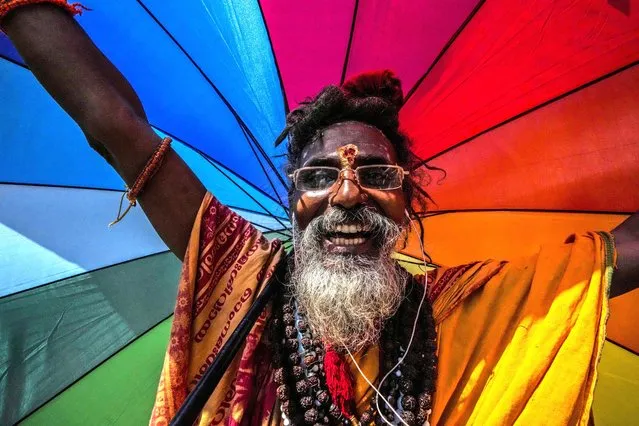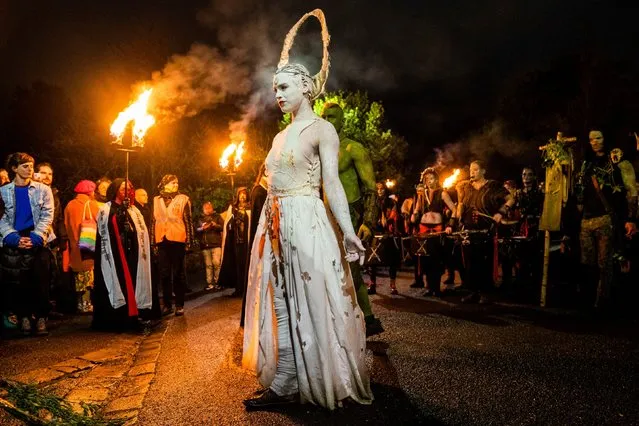
The May Queen during the Beltane Fire Festival in Edinburgh, Scotland on April 30, 2022. A dynamic reinterpretation of an ancient Celtic celebration of the return of summer, the festival is centered around the story of the May Queen and the Green Man, and the lighting of the Beltane bonfire, symbolic of purification, healing and new life. Edinburgh's Beltane celebrations are the largest of their kind in the world with around 250 volunteer performers and thousands of spectators. (Photo by Jane Barlow/PA Images via Getty Images)
06 Jul 2023 03:48:00,post received
0 comments


